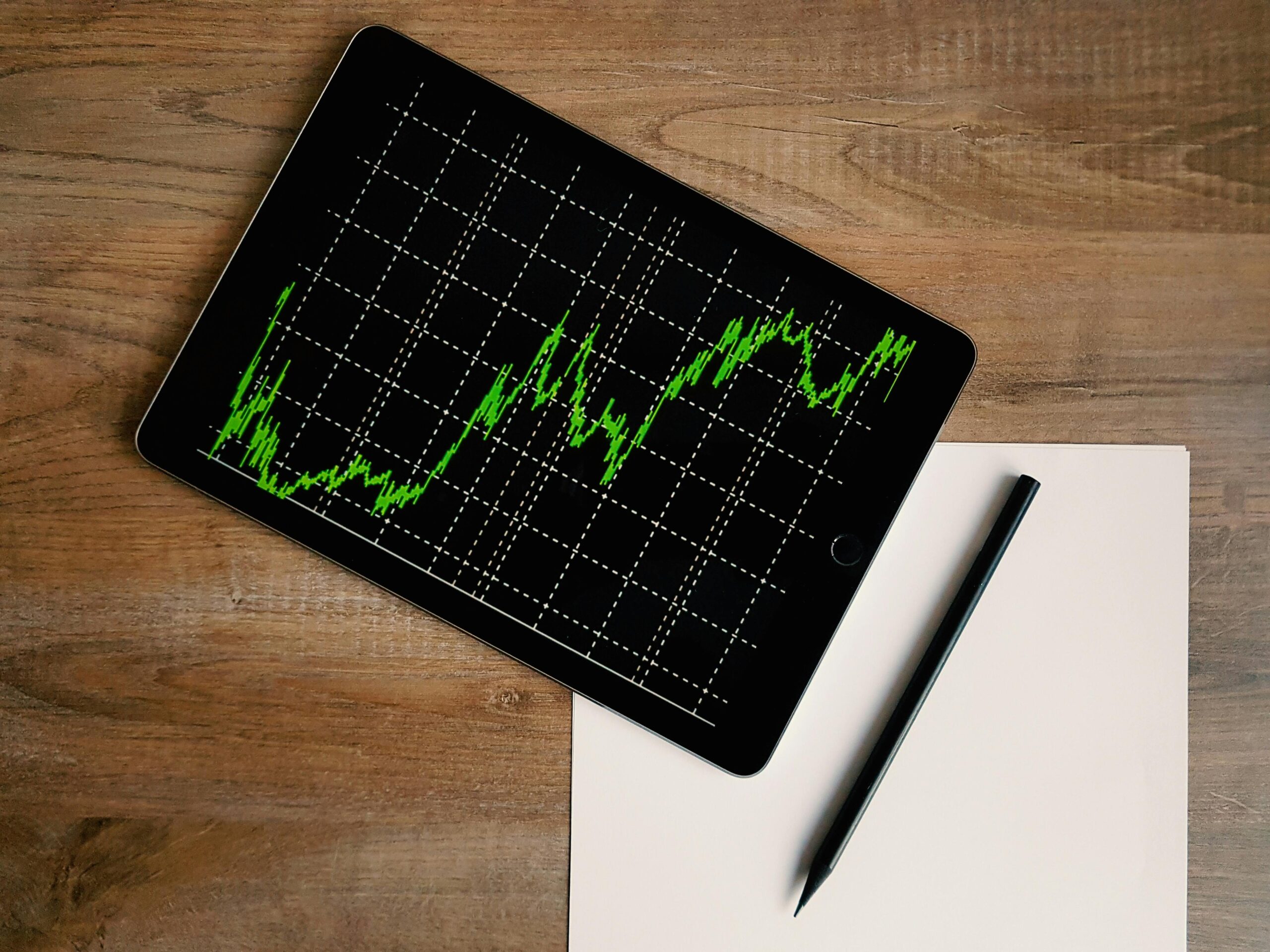Hey there, money-mindful friend! Grab a cup of coffee — we’re about to get real about something that often gets brushed under the carpet when we talk about Finance: the impact of risk on wealth creation in finance.
Now, I know “risk” sounds like one of those words that makes you tighten your grip on your wallet, but here’s the thing — every step we take in our financial journey involves some level of risk. Whether it’s investing in the stock market, parking money in mutual funds, or even holding too much in your savings account (yes, inflation is a sneaky thief), risk is always part of the equation.
But have you ever wondered how much risk is too much? Or whether playing it too safe could actually hold your wealth back? Let’s unpack this in today’s chat — one that’s as timely as ever in the unpredictable 2025 financial landscape.

Understanding Risk in Finance: It’s Not Just About Numbers
In finance, risk and return are like coffee and sugar — they go hand in hand, but too much of either can spoil the mix. The impact of risk on wealth creation in finance has become even more evident in 2025, as markets dance to global tunes: interest rate shifts, AI-driven trading, and post-pandemic economic adjustments.
Gone are the days when investors could just pick a few blue-chip stocks and relax. Today, you’ve got algorithm-based investing platforms, AI robo-advisors recommending risk-adjusted portfolios, and SEBI tightening regulations around risk disclosure.
And let’s be honest — in an era where every click leads to a new financial app promising “higher returns with minimal risk,” it’s easy to fall for the allure. But here’s the truth: no return comes without risk.
The goal isn’t to eliminate risk; it’s to understand and manage it smartly.
The Real Trade-off: Balancing Risk and Return in Wealth Creation
Imagine this — two friends start their investment journey in 2020. One goes all-in on high-risk stocks, chasing the thrill of double-digit returns. The other sticks with steady options — balanced mutual funds, government bonds, and SIPs.
Fast forward to 2025. The aggressive investor saw periods of 40% returns followed by gut-wrenching 30% drops, while the cautious investor enjoyed moderate but stable growth. Surprisingly, the steady investor now has more wealth accumulated overall.
How’s that possible?
Because in the world of finance, avoiding big losses matters more than chasing big wins. When you lose 30%, you need about 43% gains just to get back to where you started. It’s a brutal math that’s often overlooked but deeply affects long-term wealth creation.
Why Risk Management Is the Silent Hero of Finance
Let’s be real — risk management isn’t the most glamorous part of finance. It doesn’t make headlines or go viral on social media. But it’s the backbone of every smart financial decision.
Think about it this way: would you drive a car at 150 km/h without wearing a seatbelt just because the road looks clear? Probably not. Investing without understanding risk is pretty much the same thing.
Here’s what smart investors are doing in 2025 to handle risk wisely:
- Diversification is back in style. Instead of betting everything on one asset class, people are spreading investments across equities, debt, gold ETFs, and even global funds.
- Emergency funds are non-negotiable. With job markets shifting and inflation still hovering around 5.5%, having 6–8 months of expenses saved in liquid form is a must.
- Asset rebalancing is trending. Investors are reviewing their portfolios every six months to realign risk exposure with changing market conditions.
- Robo-advisors with risk-mapping features are helping individuals match portfolios to their personal comfort levels — something SEBI now mandates for online investment platforms.
The Psychological Side: How Emotions Distort Risk Perception
Here’s a truth no finance textbook will tell you — wealth creation isn’t just about numbers, charts, or ratios. It’s also about emotions.
Fear and greed are the two invisible forces that shape our investment behavior. Remember March 2020, when markets crashed during the pandemic? Many investors panicked and sold at a loss. Then, when the markets rebounded, the same people jumped back in — too late.
In 2025, that same emotional cycle repeats every time a market correction happens or a new tech stock trends on social media. The lesson? Our biggest financial risk often lies within us.
One of my clients — a young entrepreneur — once told me he couldn’t sleep after his portfolio dipped 20% in a week. We reviewed his investments and realized he wasn’t comfortable with that level of volatility. Once we adjusted his asset allocation to suit his temperament, he started sleeping better and earning consistent returns.
So, before chasing returns, ask yourself — what kind of volatility can I actually handle?
Avoiding the Loss Trap: Why Losing Less Can Mean Gaining More
Here’s a simple illustration.
Let’s say you invest ₹1,00,000. In year one, you gain 40%. In year two, you lose 40%. You might think you broke even, right? Not really. You’re now left with ₹84,000 — a net loss of 16%.
That’s why the impact of risk on wealth creation in finance isn’t just theoretical — it’s practical. A big loss takes much more effort to recover from than a small gain adds.
This is why experienced investors focus on capital preservation. They aim for slow, steady growth — the kind that compounds quietly but powerfully over time. It’s like a marathon, not a sprint.
In 2025, investors are realizing that the “boring” approach — consistent SIPs, diversified portfolios, and patient holding — often beats the adrenaline-filled, high-risk strategy over the long haul.
Modern Risk Factors to Watch in 2025
The financial world today isn’t the same as it was even three years ago. If you’re building wealth in 2025, here are the major risk factors to keep an eye on:
- Geopolitical tensions and trade wars continue to sway markets globally.
- AI-driven trading volatility can cause sudden market swings within hours.
- Climate-related risks are affecting industries like insurance and agriculture.
- Rising inflation and interest rate fluctuations influence borrowing costs and returns.
- Regulatory tightening by SEBI and RBI is pushing for greater investor protection, but also demanding more compliance from investors.
Understanding these modern risks can help you build a more resilient financial strategy.
Practical Tips for Managing Risk While Building Wealth
Let’s bring this down to earth. If you’re wondering how to apply all this talk about risk into something actionable, here’s what you can do right now:
- Know your risk appetite. Use risk assessment tools or talk to an advisor before investing heavily in equities.
- Start small, scale up. Begin with manageable investments. Increase exposure only when you understand market behavior.
- Review your portfolio quarterly. Markets evolve, and so should your strategy.
- Don’t ignore debt. Pay off high-interest loans — the guaranteed “return” of being debt-free often beats market uncertainty.
- Educate yourself. Follow SEBI investor awareness programs and read verified finance sources — not just trending reels or YouTube shorts.
- Automate investments. SIPs and recurring deposits help you stay consistent without emotional interference.
Final Thoughts: Wealth Creation Is a Journey, Not a Gamble
Here’s the ultimate takeaway — the impact of risk on wealth creation in finance teaches us that true financial success lies not in chasing highs, but in avoiding deep lows.
In 2025, when financial markets can swing wildly overnight, prudence has become the new power move. It’s not about getting rich quick; it’s about staying rich steadily.
If you can protect your capital, manage your risk, and let compounding do its quiet magic, wealth will follow naturally.
So next time you’re tempted by a flashy “double your money” scheme or a new crypto project, pause for a second. Ask yourself — is this risk worth my peace of mind?
Because at the end of the day, your money should work for you, not the other way around.
Stay grounded, stay informed, and remember — smart finance isn’t about luck. It’s about logic, patience, and perspective.

